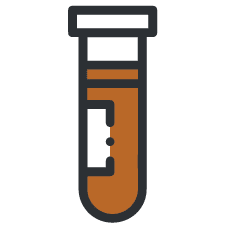Vyvanse (lisdexamfetamine dimesylate) is a widely prescribed medication that falls under the category of central nervous system stimulants. It is commonly used to treat attention deficit hyperactivity disorder (ADHD) and binge eating disorder.
As a controlled substance, Vyvanse has the potential for abuse and addiction, making it crucial to understand how long it stays in a person’s system to ensure its safe and effective usage.
Vyvanse is the most commonly abused prescription stimulant among college students. In fact, in 2021, an estimated 3.7 million people misused prescription stimulants such as Vyvanse in the past year.







